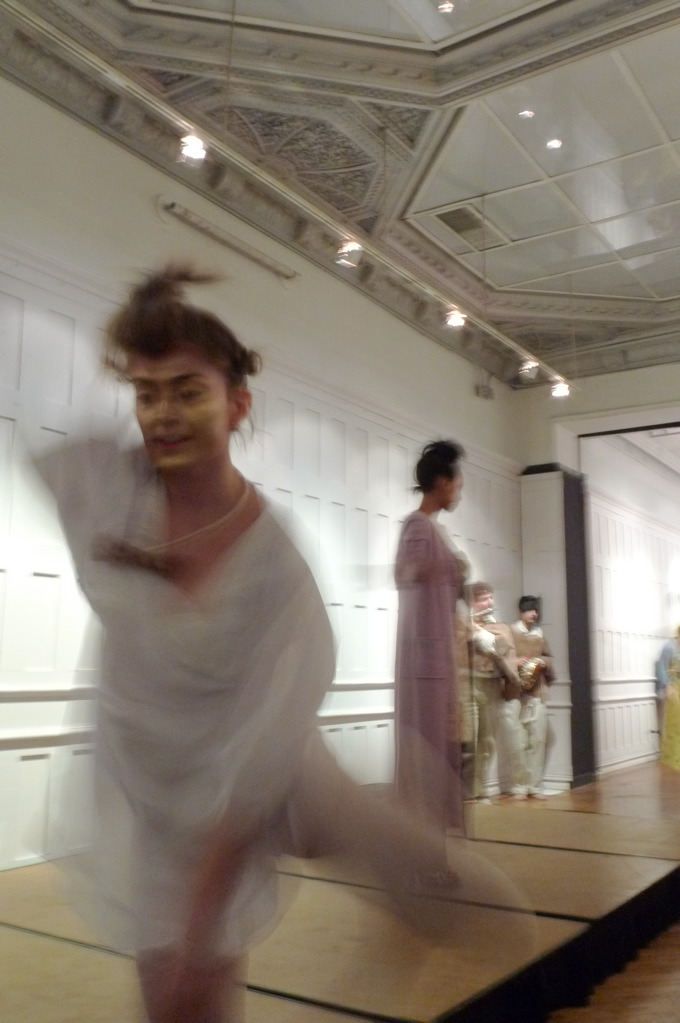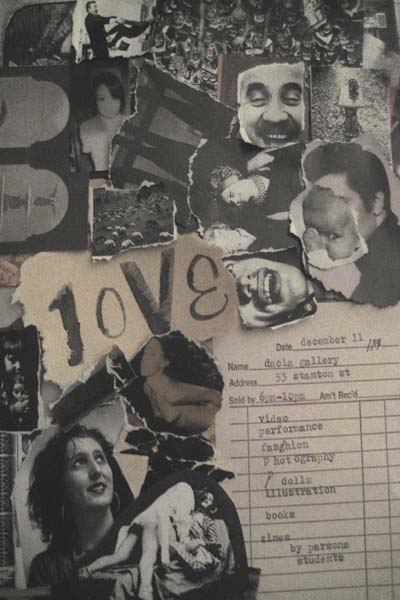Riotous Colour, Daring Patterns: Fashions + Textiles 18th to 21st centuries
/TimeMagazine dress. Printed paper designed by Walter Lefmann and Ron de Vito, 1967, ROM967.77 Gift of TIME International of Canada Ltd. Image Courtesy of the Royal Ontario Museum
A new exhibition recently opened at the Patricia Harris Gallery of Textiles & Costume at the Royal Ontario Museum. Titled "Riotous Colour, Daring Patterns: Fashions + Textiles 18th to 21st centuries," the exhibition, which is curated by Dr. Alexandra Palmer, Nora E. Vaughan Fashion Costume Curator, features 120 textiles and costumes from the ROM’s extensive textile and costume collection.
Among the exhibition's higlights is the display titled "Clothing as Canvas," which presents "paper fashions that emulate textiles, and fashion and textiles that copy printed paper from the 1940s to the present. Included in this section are the first paper dresses made in 1966 by Scott Paper Limited, Bandana and Op Art, and MPH Design’s digitally printed World Trade Center Tyvek dress, as well as a silk dress imprinted with newspaper headlines, designed by John Galliano for Christian Dior."
Other sections include "Pattern-Dyed Textiles of Asia and Africa" and "Fashion and Interiors: Late 18th – 21st Centuries." For more information please visit the ROM website .











